Introduction
In the dynamic world of clothing and lifestyle, fashion trends change almost as quickly as the seasons. The rise of online platforms and globalized production has created an era where entire collections appear and disappear within weeks. This fast-paced approach has given rise to what is known as fast fashion—a system designed to deliver the latest styles at low cost and incredible speed.
On the opposite end of the spectrum lies slow fashion, a movement that emphasizes sustainability, quality, and ethical practices. For USA-based consumers, understanding the difference between these two approaches is key to making informed decisions that align with personal values, environmental awareness, and long-term wardrobe satisfaction.
What is Fast Fashion?
Fast fashion refers to the rapid production of low-cost clothing designed to capture the latest trends. It thrives on speed—transforming runway or celebrity looks into affordable styles available online or in stores within a matter of days or weeks.
Key characteristics of fast fashion include:
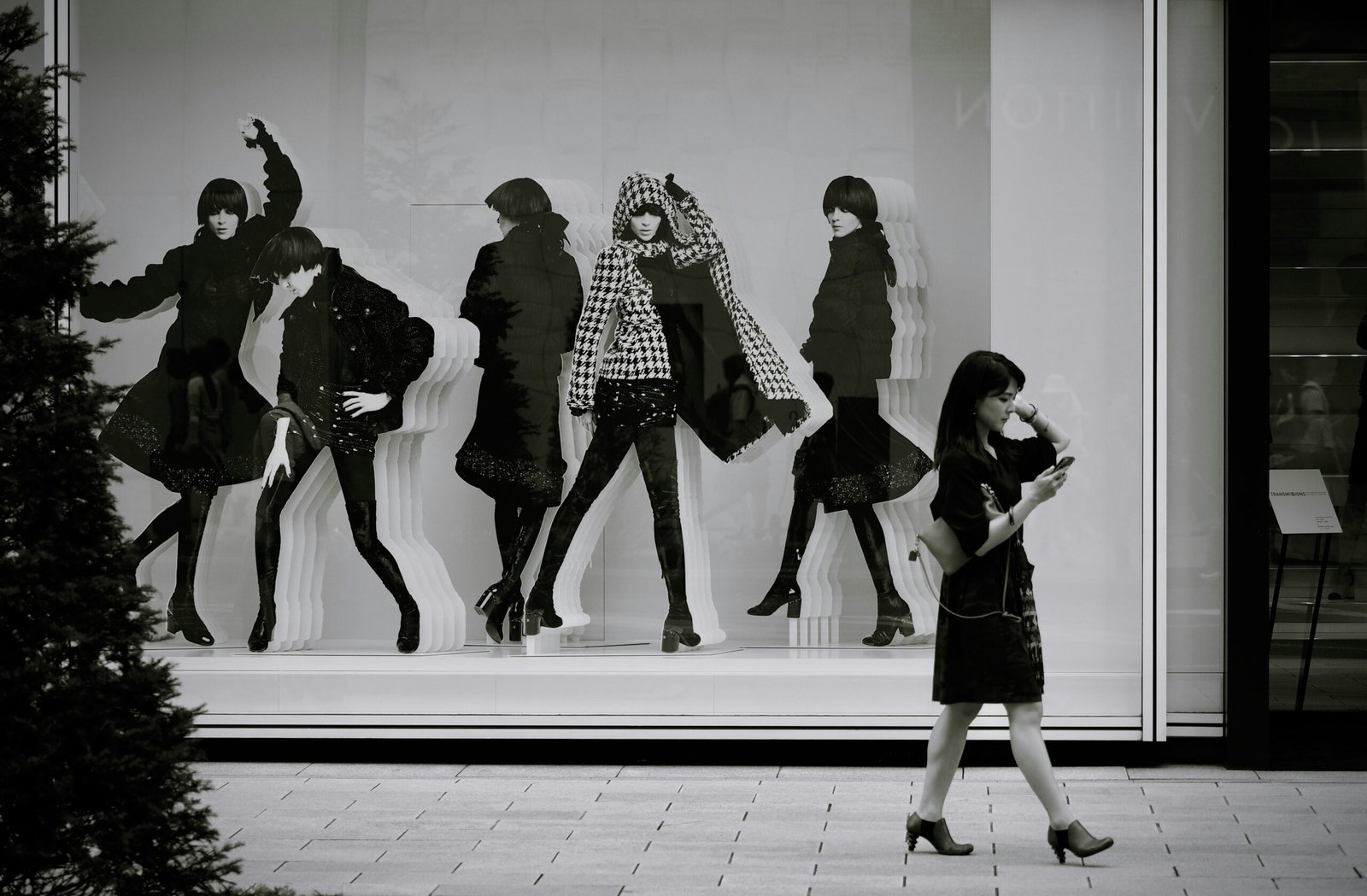
-
Quick Turnaround – New styles are constantly being introduced, with multiple collections each season.
-
Low Costs – Items are often made from inexpensive fabrics with lower production standards to keep prices minimal.
-
Mass Production – Garments are produced in large quantities to meet the high demand for trendy pieces.
-
Short Lifespan – Clothing is designed to be worn a few times before it loses shape, color, or style relevance.
While fast fashion may seem appealing due to affordability and accessibility, it has significant environmental and ethical implications.
Environmental Impact of Fast Fashion
Fast fashion’s greatest concern lies in its environmental footprint. The industry is one of the largest contributors to global textile waste, with millions of tons of discarded clothing ending up in landfills each year.
Environmental consequences include:

-
Excessive Waste – Short-lived clothing often gets discarded after minimal use.
-
High Carbon Emissions – Mass production, shipping, and distribution contribute significantly to greenhouse gas emissions.
-
Water Pollution – Textile dyes and microplastics from synthetic fabrics contaminate water supplies.
-
Overconsumption of Resources – Cotton production, fabric processing, and synthetic material manufacturing demand large amounts of water and energy.
For USA consumers, where awareness of sustainability is growing, fast fashion poses an important ethical dilemma.
Ethical Concerns in Fast Fashion
Many fast fashion brands outsource production to countries with lower labor costs. Unfortunately, this often means workers face:
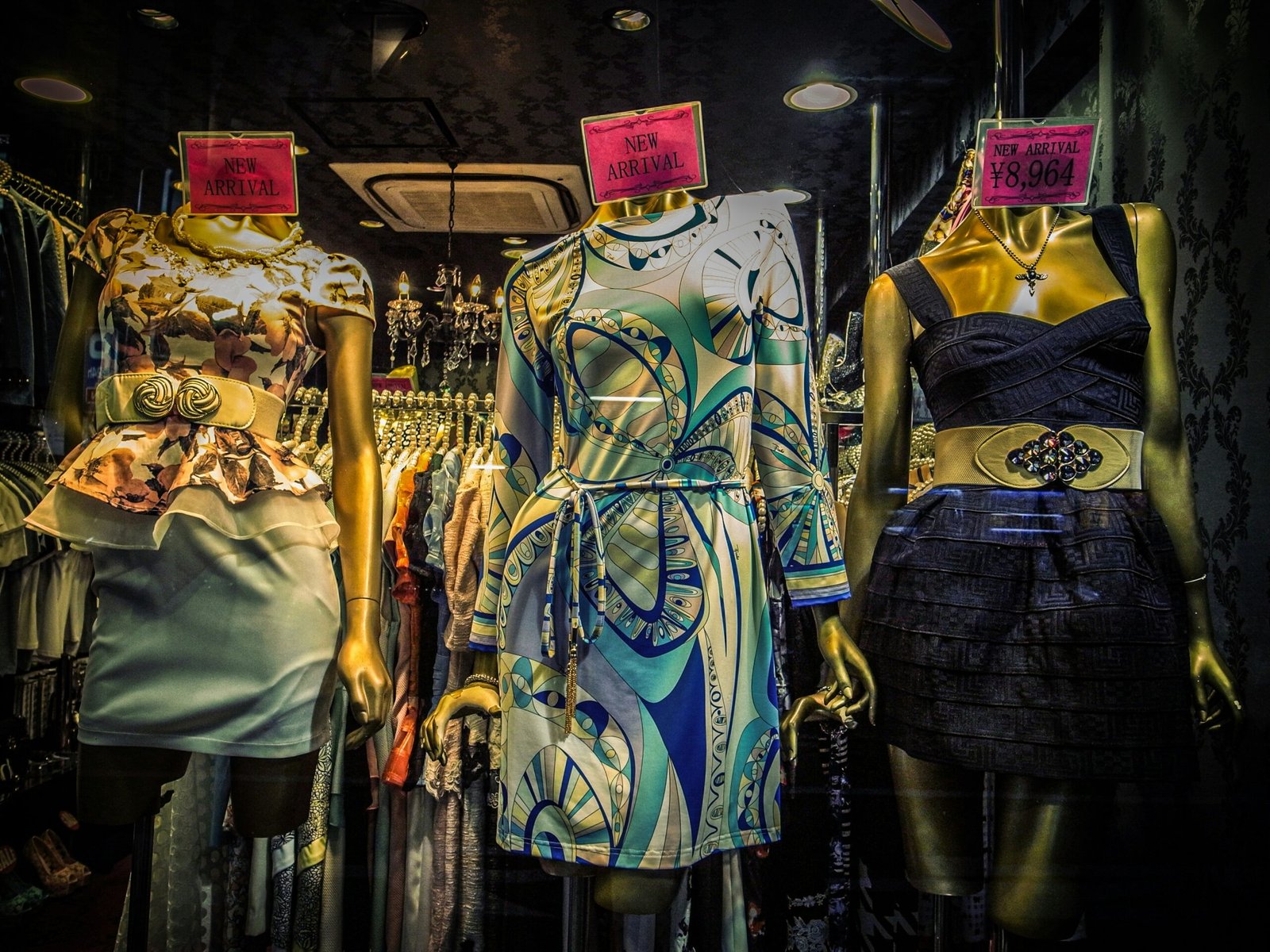
-
Unsafe Working Conditions – Factories may lack proper safety measures or ventilation.
-
Low Wages – Laborers are often paid below fair standards for long hours.
-
Lack of Transparency – Supply chains are complex and rarely disclose sourcing and manufacturing practices.
These concerns have fueled the slow fashion movement, which aims to challenge the wasteful cycle of disposable clothing.
What is Slow Fashion?
Slow fashion represents a shift toward conscious consumerism—focusing on quality, ethics, and sustainability. Rather than following fleeting trends, slow fashion values timeless design and responsible production.
Key principles of slow fashion:
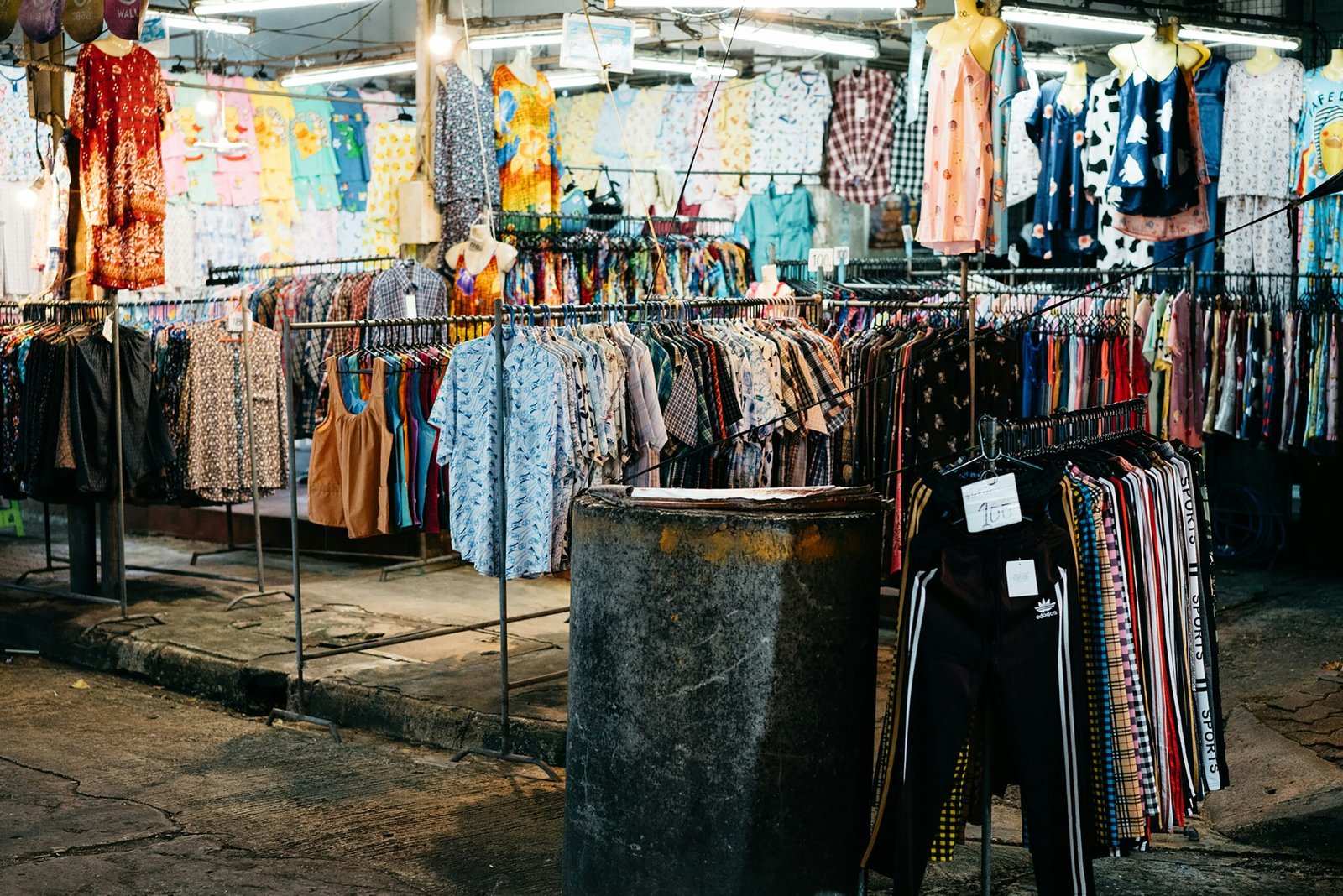
-
Quality Over Quantity – Clothing is crafted to last, using durable fabrics and superior stitching.
-
Sustainable Materials – Preference for organic cotton, hemp, linen, recycled fabrics, and low-impact dyes.
-
Ethical Production – Ensuring fair wages, safe working environments, and transparent supply chains.
-
Timeless Style – Designs that transcend trends and remain relevant for years.
-
Minimal Waste – Emphasis on circular fashion—repairing, reusing, and recycling garments to extend their lifespan.
For USA consumers, slow fashion aligns with the growing movement toward eco-conscious living.
Slow Fashion’s Environmental Benefits
Switching to slow fashion offers several ecological advantages:
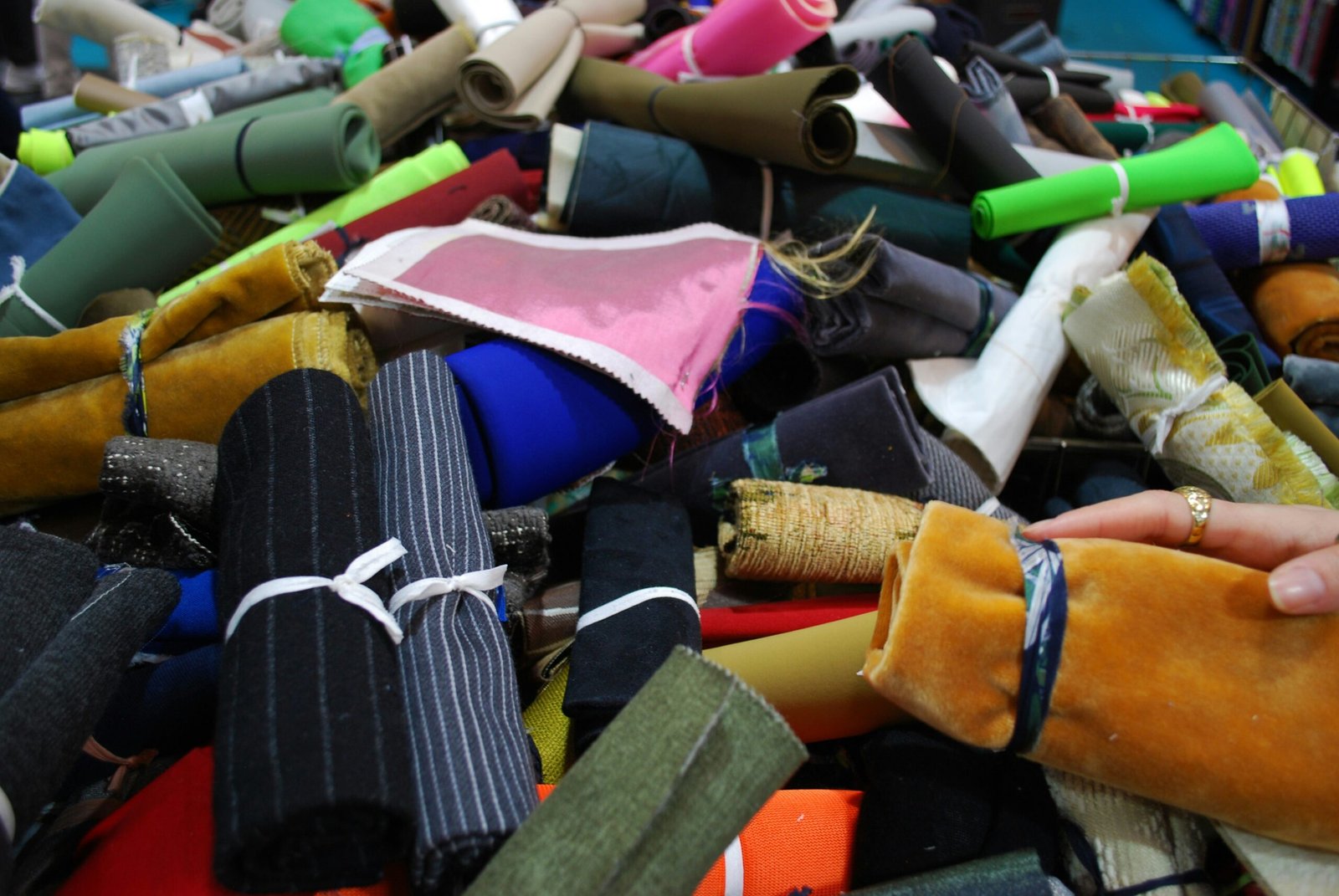
-
Reduced Waste – Durable garments stay in use longer, keeping them out of landfills.
-
Lower Carbon Footprint – Smaller-scale production and sustainable materials cut down on emissions.
-
Water Conservation – Eco-friendly fabrics and natural dye processes require significantly less water.
-
Promotion of Recycling – Some brands incorporate fabric take-back programs and upcycling initiatives.
This approach reflects a shift toward mindful consumption, where clothing choices consider environmental and social impact.
Slow Fashion and Ethical Practices
Slow fashion brands place emphasis on people as much as the planet:
-
Workers are compensated with fair wages.
-
Factories meet high safety and ethical standards.
-
Production often occurs locally or within regions that enforce strict labor laws.
This conscious model fosters transparency, allowing consumers to trace garments from raw materials to finished products.
Why Slow Fashion is Gaining Popularity in the USA
Several factors contribute to the growing appeal of slow fashion among American consumers:
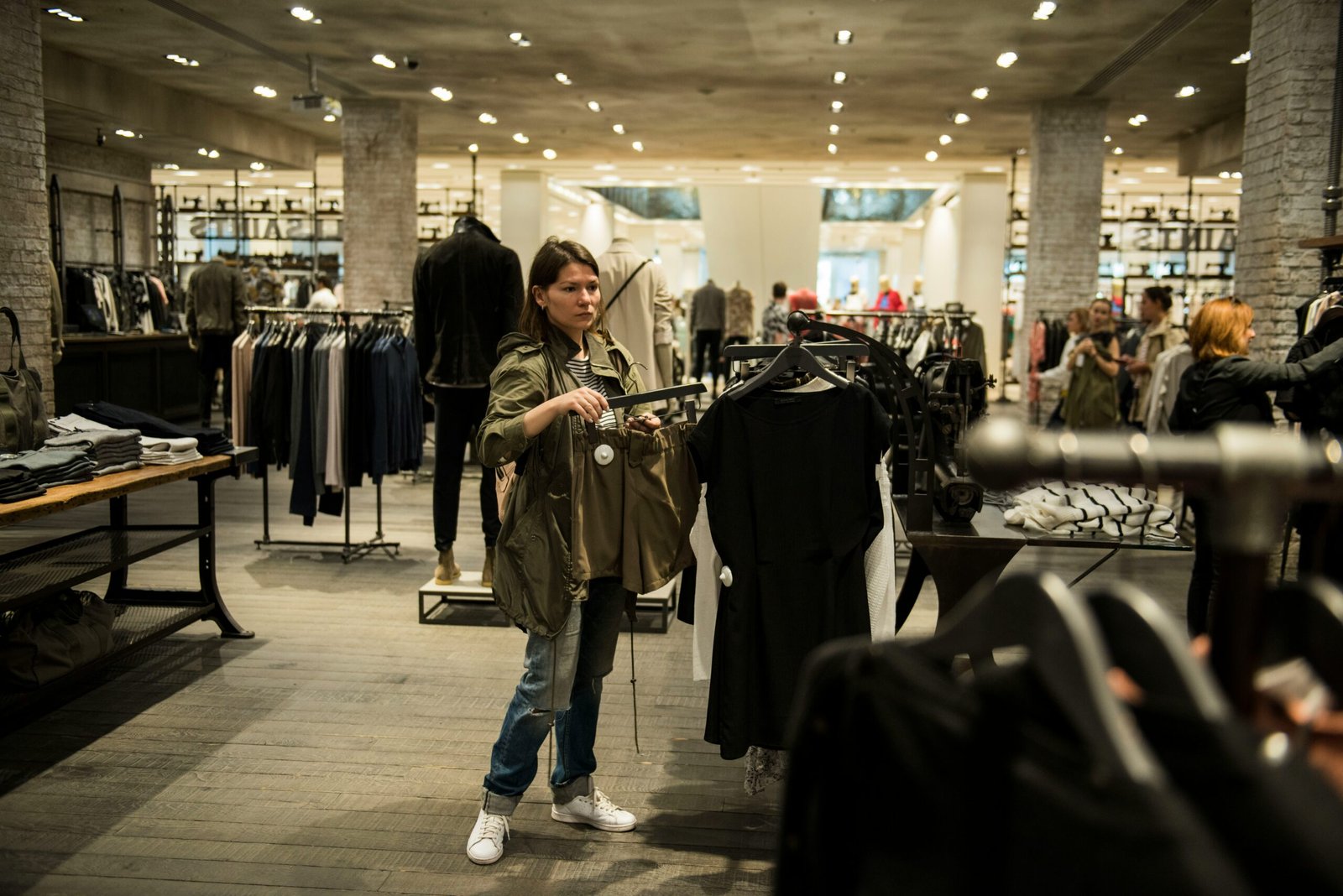
-
Awareness of Climate Change – Concerns about environmental degradation drive sustainable choices.
-
Quality Investment – Long-lasting clothing offers better value over time.
-
Support for Ethical Brands – Growing preference for businesses that value people and the planet.
-
Shift Toward Minimalism – Consumers prioritize versatile pieces over excessive wardrobes.
-
Community Engagement – Local and small-scale designers are gaining traction with conscious shoppers.
How Consumers Can Embrace Slow Fashion
Transitioning from fast fashion habits to slow fashion choices does not have to be overwhelming. Here are practical steps:
-
Choose Quality Pieces – Focus on clothing made from durable, natural, or recycled materials.
-
Invest in Timeless Styles – Select designs that remain fashionable season after season.
-
Care for Clothing Properly – Gentle washing, air drying, and repairs extend garment life.
-
Explore Second-Hand Options – Thrift shops and online resale platforms encourage circular fashion.
-
Support Ethical Brands – Look for companies that provide transparency in sourcing and manufacturing.
The Future of Fashion
As sustainability becomes a global priority, the fashion industry is evolving. Many USA-based e-commerce platforms are integrating eco-friendly collections, while brands experiment with biodegradable fabrics and recycled textiles.
Slow fashion represents more than a trend; it is a commitment to responsible living, ensuring style and ethics can coexist.
Final Thoughts
The contrast between fast fashion and slow fashion highlights a critical choice for modern consumers—between convenience and sustainability, between fleeting trends and timeless quality. While fast fashion may cater to immediate style demands, slow fashion represents a thoughtful approach, prioritizing the well-being of both the planet and the people who make our clothes.